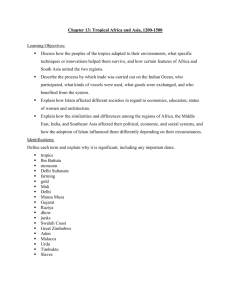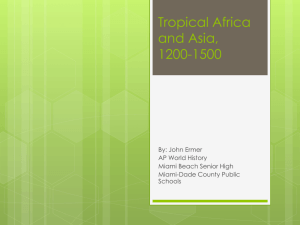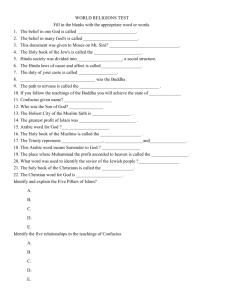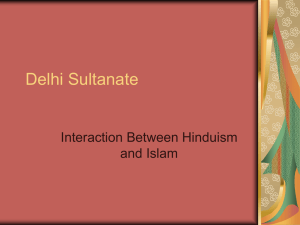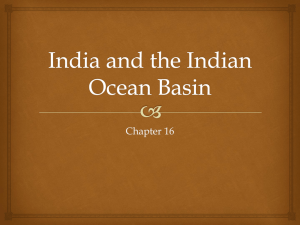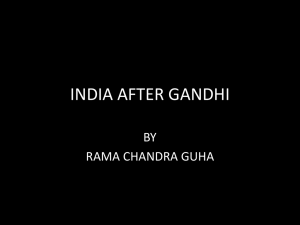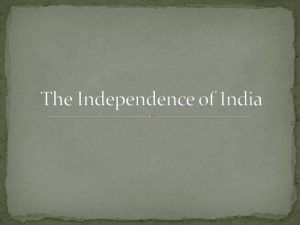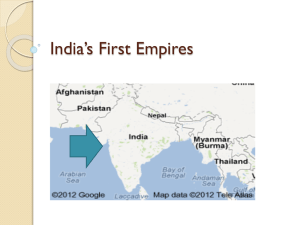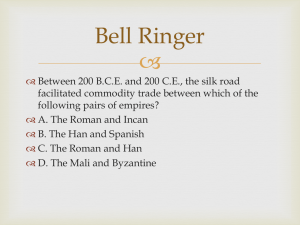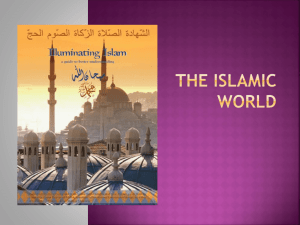File - Mr. Rivera's History Page
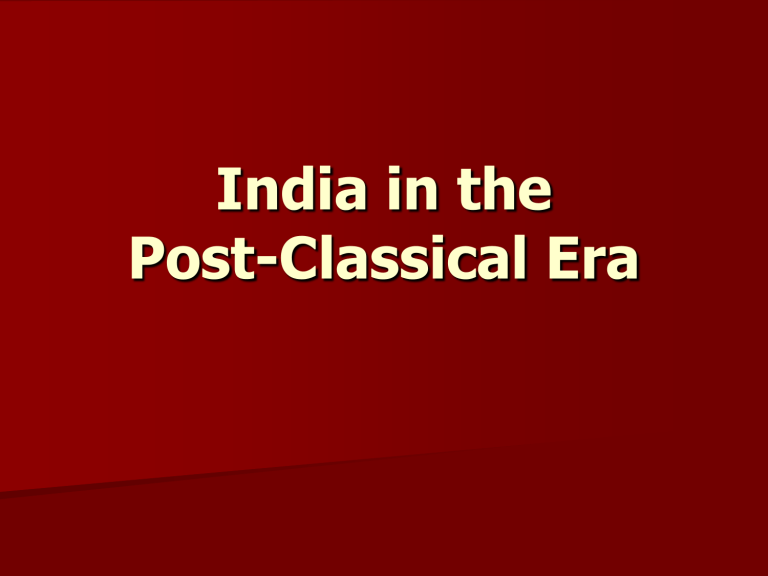
India in the
Post-Classical Era
Indian Geography
List 5 MOST SIGNIFICANT geographic features in S. Asia
A Divided Land
Gupta Dynasty fell in 6 th
Century
–India is divided into regional powers
–Politically divided
–Not united until 16 th Century
A Tale of Two Lands
India is geographically divided
North and South develop differently
Northern India
King Harsha (ruled 606 – 648 CE)
Conflict and Chaos
– Regional leaders fight over power
– Invasions are common
Islam in N. India
Umayyad Rule
– 8 th Century: Sind (Indus Valley)
Muslim Traders
– Port Cities
Turkish Muslims
– Afghanistan
Sultanate of Delhi
Mahmud of Ghazni (1001 – 1027 CE)
– Afghanistan leader
– Invaded India, Destroyed Hindu and Buddhist
Sites
Sultanate of Delhi (1206 – 1526)
– Capital is Delhi
– Localized Control
– Surrounded by Hindus
Southern India
More stability in the South
Chola Kingdom (850 – 1267 CE)
– Dominant Navy
– Rich from trade
Kingdom of Vijayanagar (1300s – 1565)
– Hindu Kingdom fell to Muslims
Agriculture
Agriculture
– Production increases in post classical era
– Increased Specialization
– Monsoons create a need for irrigation
Monsoons
– Spring/Summer Wet
– Fall/Winter Dry
Population Growth
– More Agriculture = Greater Population
– Major Trading Cities Arise (EMPORIA)
Indian Ocean Trade
Indian Economy
– Increased specialization more trade
– Internal Trade
Special Goods: Iron (Ganges), Copper (Deccan),
Salt (Coast), Pepper (South)
Hindu Temples
– Political, Social and Educational Centers
– Used wealth for elaborate temples
Cross Cultural Trade
Post Classical Era
– Larger Ships/Greater Commercial Organization
Dhows (Muslims)
Junks (Chinese)
Trading Centers
– India’s location perfect for emporia
– Cosmopolitan Cities Developed
Specialized Production
India
– Produced cotton textiles
China – Silk, Porcelain
SE Asia – Spices, Incense, Horses
East Africa – Gold, Ivory, Slaves
The Caste System
Adaptability
– Increasing pressures
– Subcastes
Expansion
Order and Stability
– Consistency over time
The Spread of Islam
Merchant Communities
– Greatest acceptance
Conversion
– Gradual
– Political positions reserved for Muslims
Some converted to escape low castes
– 1500 – 25 Million (1/4 of Population)
Sufi Mystics
Sufis
– Traveling holy men
Bhakti Movement
– 12 th Century – South India
– Erase religious distinctions
– Guru Kabir
Hinduism/Islam
– Compare/Contrast
